The Poetry Basket: Why is Poetry Important?
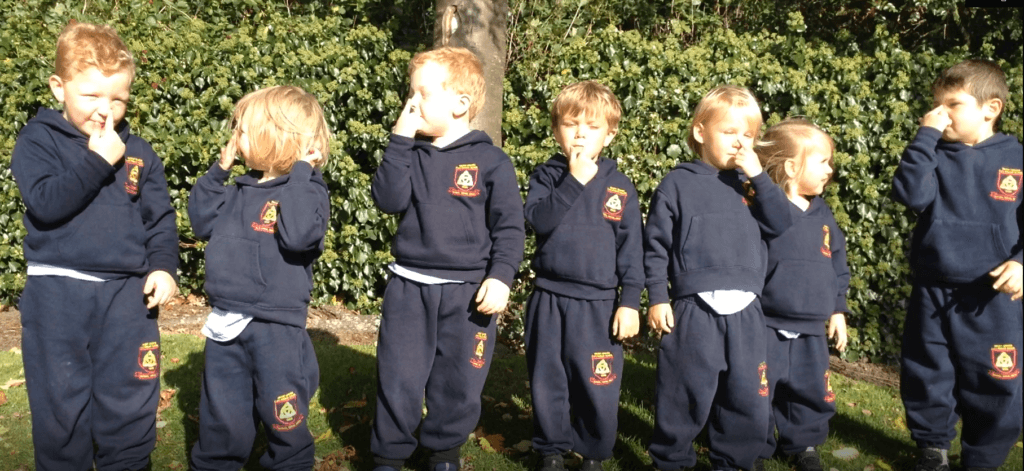
“The best poetry says something that lasts. It leaves a footprint deep in the earth of what it means to be human.”
Morag Styles, Professor of Children’s Poetry at the University of Cambridge.
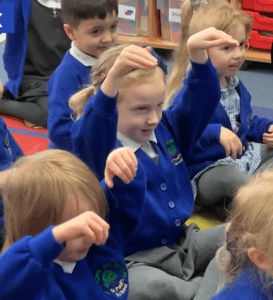
Many people can remember – word for word – a poem they learnt at school, or a nursery rhyme shared with them by a parent or grandparent. They stay with us; even if we don’t say them for years at a time, they are there whenever we wish to recall them. We are hardwired from the womb to feel rhythm, our mother’s heartbeat gives us this connection. If something deep within us connects with poetry, then a child’s connection with poetry is inevitable.
Rhythm, rhyme and pattern give even the youngest children great pleasure, they are deeply satisfying – it’s why we see babies only just able to stand bobbing up and down when music is played. When faced with fretful babies, we sway and rock them rhythmically. We see children as young as two, rocking their dollies in this way – it is instinctive.
This early sharing of rhythmical language is often physical, bumping toddlers up and down on our knees or going around and round the palm of a hand. Sound and touch combined makes these activities deeply powerful for young children.
Poetry as a means to acquire new vocabulary
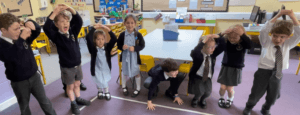
Poetry is a vehicle for adopting new vocabulary in a fun and accessible way, which is so important for children’s Communication and Language development that it is part of the statutory EYFS framework. Children begin to use a wider variety of vocabulary as they connect with words simply and deeply through the rhythm of a poem. We also offer children actions to reinforce the language and its meanings, making it is easy to see why children absorb these new words so effortlessly.
Children don’t worry about the fact they may never have heard these new words; the rhythm carries them along and gently encourages the children to adopt them as their own. I witnessed this first-hand during a longitudinal study in which we followed one class from Reception to Year 2, bringing with us a combination of poems, oral stories and helicopter story sessions. In Year 1, a girl joined us from Poland, she spoke very little English and staff were concerned about her reticence to even try.
We did some poems on my first visit and acted out their Helicopter Stories, she watched attentively but didn’t join in. On my second visit she came running up to me as I entered the room shouting ‘Chop, chop’ and making chopping movements with her hands – this was the poem we had done the week before. It was as though her opportunity to listen, observe, enjoy and join in secretly (this is of course easy to do when everyone is speaking the same words together) gave her the opportunity to try out English words without exposure.
Developing the skills of Prediction, Rhyme and Memory
Children enjoy knowing what to expect. In a world where nearly everything you see and do on a daily basis is new, it is wonderfully comforting to predict or be able to memorise what comes next. Repetition and pattern form part of this ‘knowing’. It is why children choose the same story to be read over and over again and why rhyming stories are so popular. When we hear the lines:
- ‘A mouse took a stroll through the deep, dark wood,
- A fox saw the mouse and the mouse looked ….’
Children love to fill in the last word – not only is it fun for them to know what comes next, it is deeply satisfying.
Rhythm and rhyme help the brains of young children to develop phonological awareness
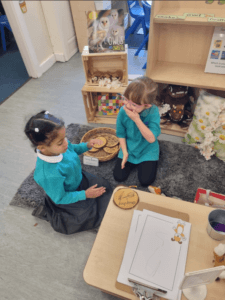
This sounds straight forward but what does it really mean and how does it work? Cambridge University has a Centre for Neuroscience in Education, and this sits within its teacher training facility. Researchers there are looking at how what we learn about the brain can help us in the classroom. They have evidence that rhythm and rhyme affect the way the brain learns and improves the way we read.
Professor Usha Goswami heads up the research there and explains that we need to think of sound as a continuous stream of noise. Rhythm helps us to work out where the words are and within that, where the syllables sit and within that, where the intro-syllable units are. Reading is the recoding of the sounds of words onto the written syllables of words.
Having a good rhythmic perception will help children to hear those individual units and sounds more clearly. Poetry, rhythm and rhyme all help our children wire their brains, ready to hear the sounds and syllables that make neural pathways into learning to read.
The Poetry Basket 1 & 2
Click here to enrich your classroom or setting with the power of rhythm and rhyme
Take me there
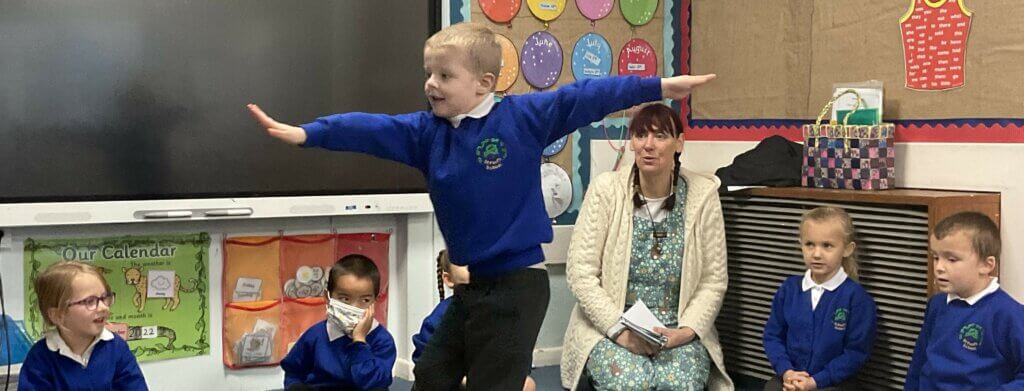
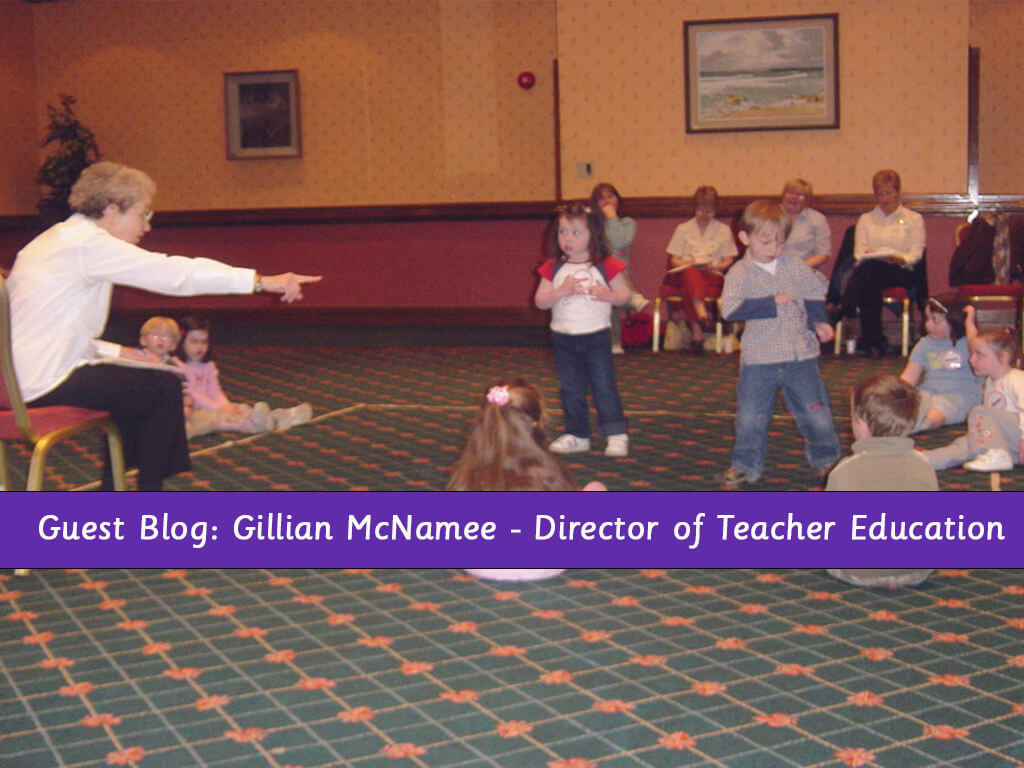
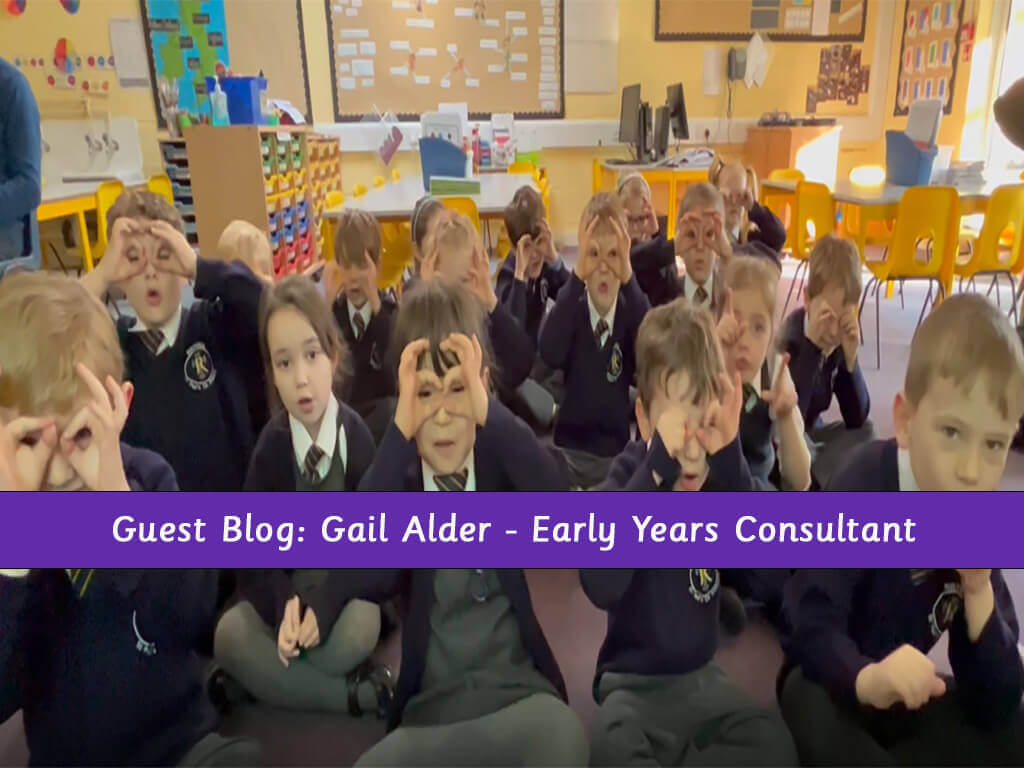
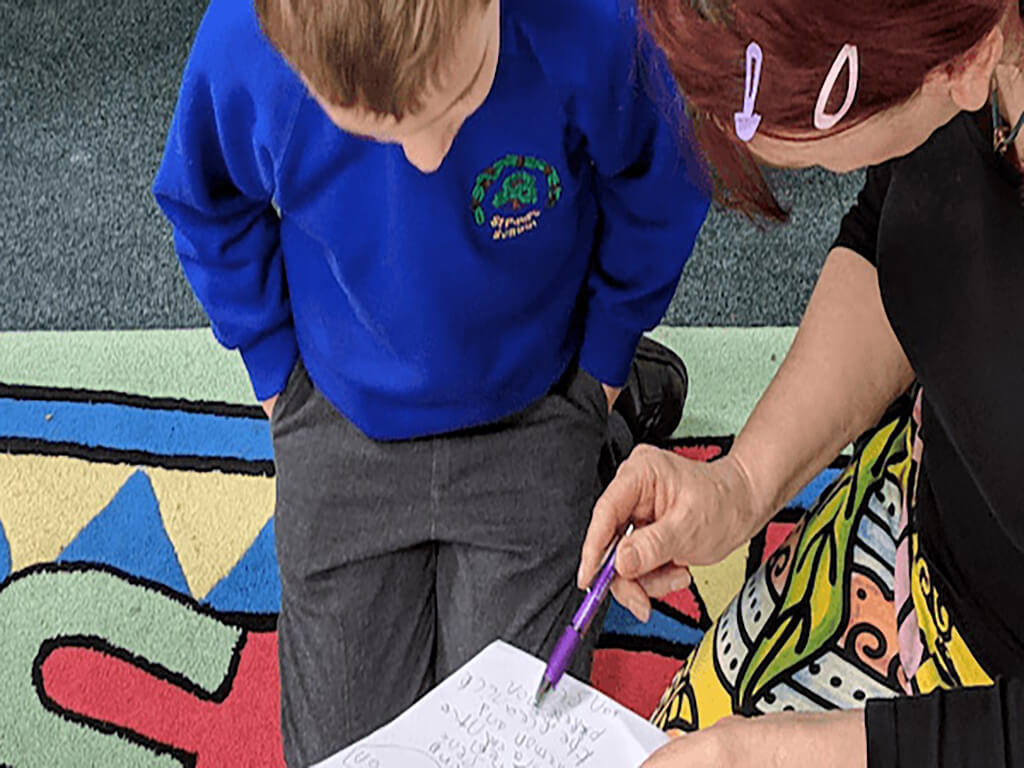
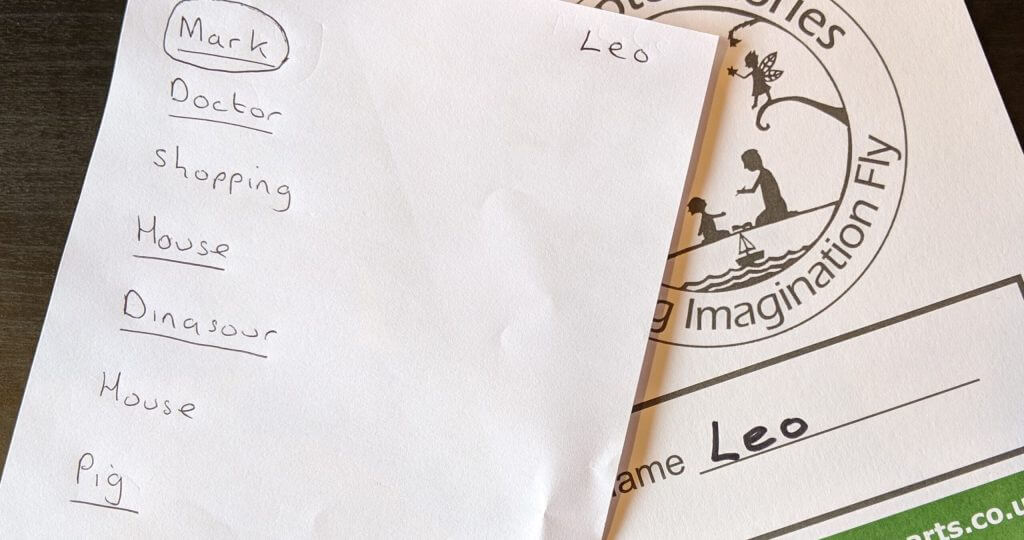
What a great article around why poetry is so important as a vehicle for children’s emerging phonological development. We are seeing a huge impact on children’s oracy skills in our Nursery setting and a new found love of poetry in myself, as a practitioner. Thank you for sharing.
Is it possible this article could be made into a PDF? Would be great to share with colleagues and parents alike?
Hi Lisa, We have sorted this for you and I will email you with a pdf. Enjoy x